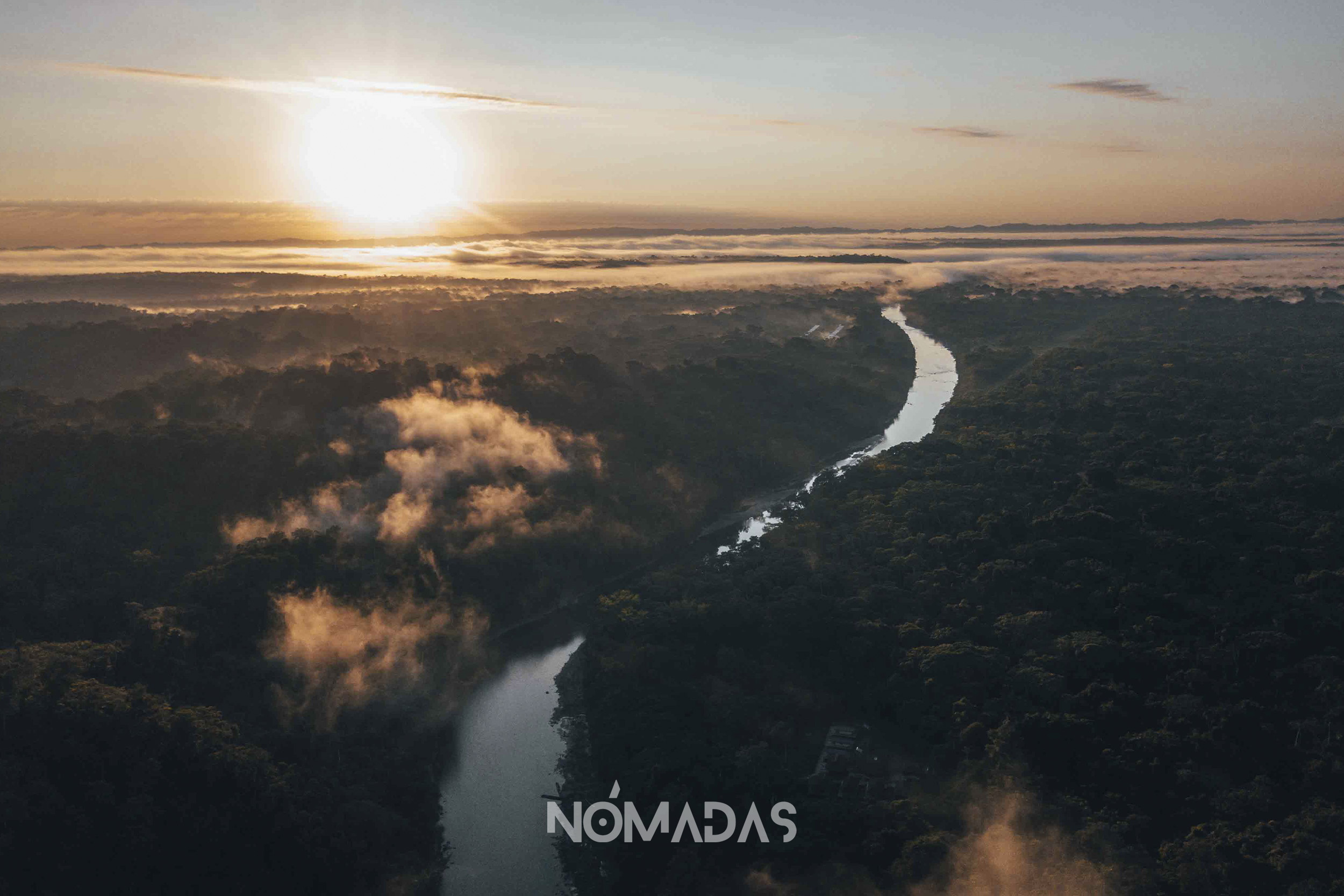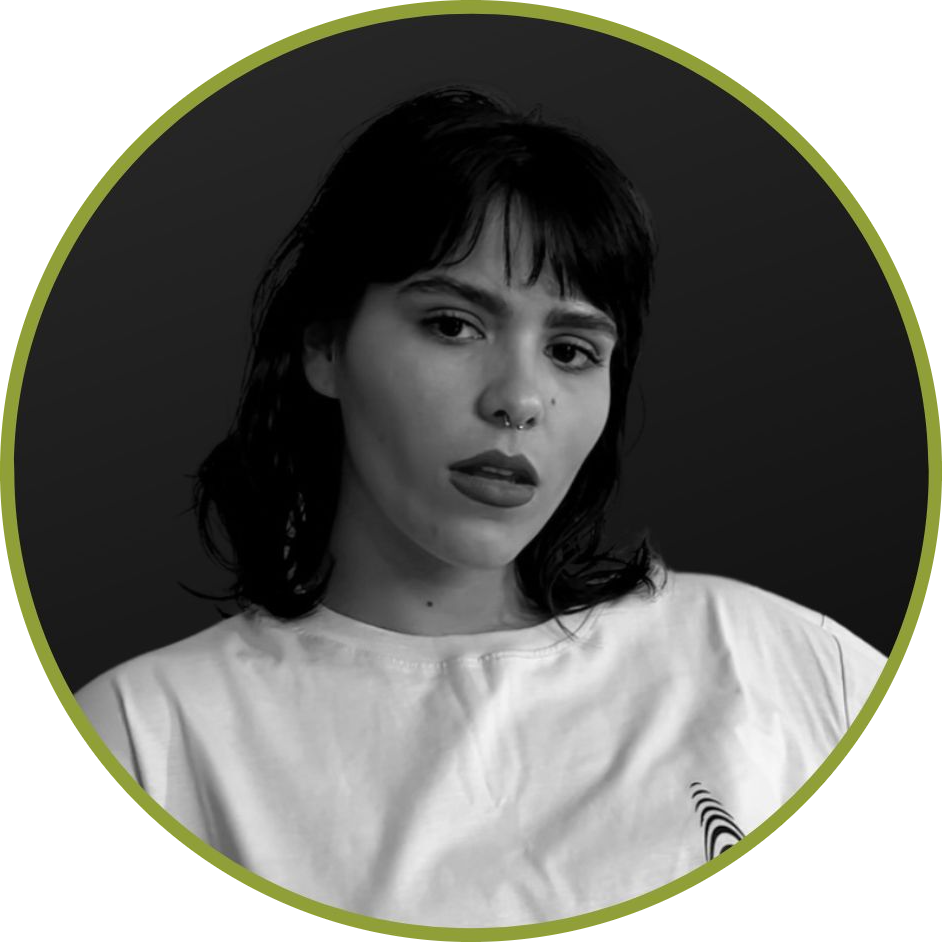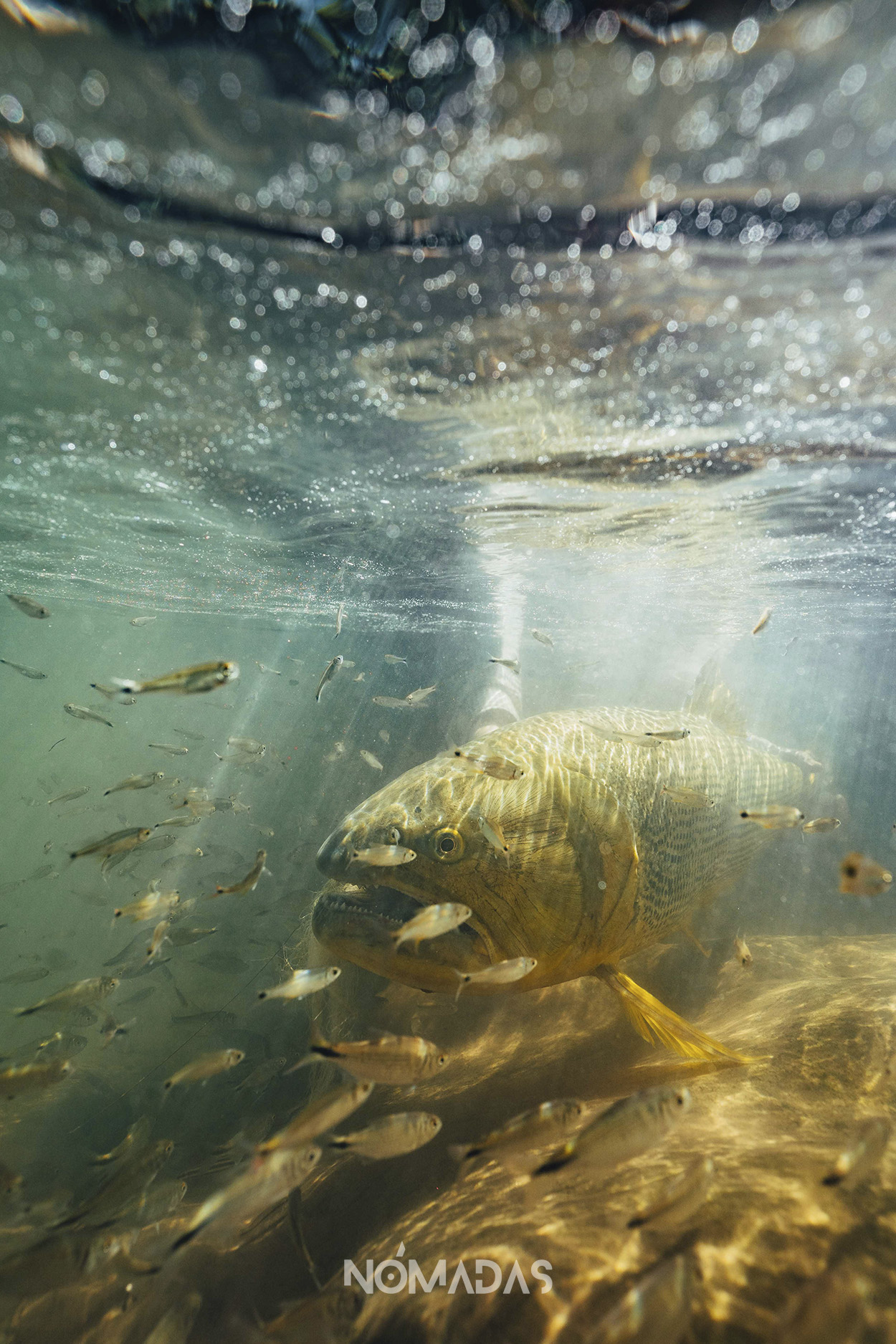SPECIALS


SPECIALS

By all accounts, the TIPNIS is a paradise that Bolivia must protect.
February 8th, 2023
The environmental engineer, Heinz Arno Drawert, explains that the river dorado occupies, in aquatic ecosystems, the niche that in tropical terrestrial ecosystems is occupied by the big cats. It is in charge of the population and sanitary control of other fish species with which it shares the ecosystem.

Roberto Navia
Journalist

Lisa Corti
Translation to English

Daniel Coimbra
Photographer
The «king of the river» dominates its waters with the skill of an innate hunter.
That’s what they call the dorado : the king of the river.
With respect, with admiration.
If there are predators, such as dorado, of good size and in abundance, it means that their entire food chain is intact and that, in that river, no one suffers from hunger.
The indigenous people of the TIPNIS also compare it to the jaguar of the jungle, because, like the Panthera onca, the populations of this fish species are proof that the health of the rivers and the ecosystem where they live are in good condition, since they demonstrate the existence of sufficient prey to feed the population of predators of which the dorado is the largest representative in the waters.
If there are predators, such as the dorado, of good size and in abundance, it means that their entire food chain is intact and that, in that river, no one suffers from hunger.
The communities of the TIPNIS have known how to take advantage of the dorado. Without killing it. Without endangering its existence.
Only by letting other fish for them, under the commitment that they will return them to the river after a few seconds.
The dorado is a magnet that attracts fishermen – 90% from abroad – who come to the northern region of the Indigenous Territory and Isiboro Sécure National Park (TIPNIS) to practice fly fishing with compulsory return. This is an undertaking of the Indigenous Tourism Association of the Secure Alto, together with the company Untamed Angling, (a corporation incorporated in Beni in 2008), and that both consolidated the Tsimane project, which is the visible brand of the sustainable fishing offer that is shown worldwide.

If there are strong and good-sized dorados in the rivers, it means that the surrounding ecosystem is also in good health.
The dorado is like gold that shines beyond borders.
It is the guardian of the indigenous communities and the guarantee that, if there are dorados in the river, there will surely also be black prochilodus and cachama and at least 180 other fish species along the length and breadth of the rivers that travel through the protected area, which covers 1,236,296 hectares (12,363 km²) and is located in the municipalities of San Ignacio de Moxos, Loreto, Villa Tunari and Morochata, in the departments of Beni and Cochabamba, respectively.
«Dorados or river tigers, as several species of fish of the genus Salminus are commonly known, are skilled hunters that feed almost exclusively on other fish,» says Heinz Arno Drawert, environmental engineer, and associate researcher at the Noel Kempff Mercado Museum of Natural History.
Heinz knows them very well: They are large fish, with species reaching over 100 cm in length and over 30 kg in weight, very muscular, with a hydrodynamic body shape and large caudal fin. This gives them exceptional strength and reaction energy that allows them to move quickly and easily in rushing and turbulent waters, easily outperforming most of the other fish they feed on.
This is how this environmental engineer describes them, who also explains that from an ecological point of view, the dorado species occupies, in the aquatic ecosystems it inhabits, the niche that the big cats occupy in tropical terrestrial ecosystems. It is in charge of population control (hunting more frequently fish of more abundant species) and sanitary control (hunting more effectively individuals that are not in an optimal state of health) of other fish species with which they share the ecosystem.
He emphasizes that dorados also play a very important role as a «driver» in the selection processes of the «fittest» reproducers in fish species that undertake reproductive migrations towards the headwaters of basins, by hunting more frequently and effectively the slowest or most tired individuals of the migrating schools.
The list of potentialities of this species that drives foreign fishermen crazy does not end there. Heinz Arno details that another ecological function that the dorados fulfill, and that also reaches the terrestrial ecosystems surrounding the water bodies they inhabit, is that since they are large predators that occupy the highest levels of the trophic chain in the aquatic ecosystem, they «concentrate» macro- and micronutrients (amino acids, fatty acids, potassium, phosphorus, and many other trace elements), and these can be taken advantage of by semi-aquatic predators (river otters and giant otters for example) and terrestrial predators (humans, big cats for example), or scavengers, when the dorados die. The latter, which at first glance seems insignificant – emphasizes the biologist engineer – is actually very important for the conservation of ecosystems at larger scales, since many elemental nutrients for vegetation (phosphorus and potassium, among others) are eventually «washed» by the rains and flow downstream in streams, creeks and rivers.
«If it were not for the dorados and other aquatic predators and migratory species, which concentrate these nutrients and transport them back upstream to the headwaters of the watersheds, terrestrial ecosystems in these areas would rapidly reduce their fertility and, therefore, their capacity to produce plant resources, leading to gradual environmental degradation (reduction of resilience, reduction of diversity, reduction of energy density, reduction of products and ecosystem services in general)».
Karina Osinaga, associate researcher at the Noel Kempff Museum of the UAGRM, also assures that the dorado is a top carnivorous species, which is a predator of several species of fish that are its prey.
«This is how it controls the populations of its prey and ensures diversity by keeping fish communities in balance,» says the researcher.
The communities of the TIPNIS also know this and are willing to protect not only the dorado, but also all the species of the rivers and animals that inhabit the forests.
***
STAFF:
DIRECTION AND TEXTS: Roberto Navia. PHOTOGRAPHY: Daniel Coimbra. TRANSLATION IN ENGLISH, MULTIMEDIA AND SOCIAL NETWORK EDITOR: Lisa Corti. PRODUCTION MANAGER: Karina Segovia. WEB DESIGN AND DEVELOPMENT: Richard Osinaga.
Revista Nómadas – Nomads Journalism ©2023
Te contamos desde el interior de los escenarios de la realidad, iluminados por el faro de la agenda propia, el texto bien labrado y la riqueza poética del audiovisual y de la narrativa sonora, combinaciones perfectas para sentir el corazón del medioambiente y de los anónimos del Planeta.
